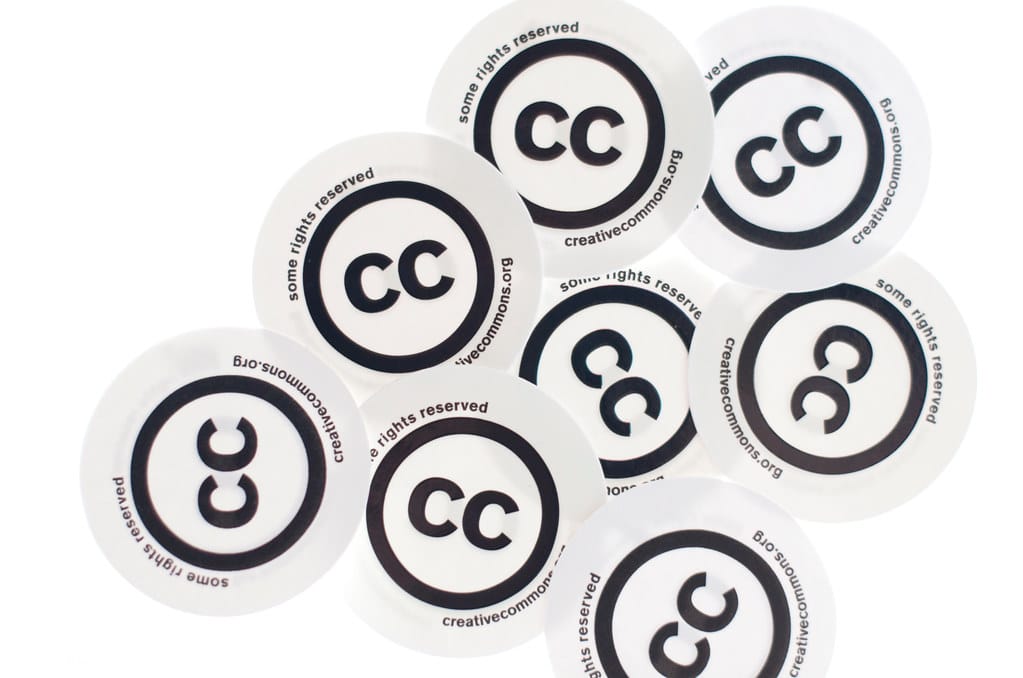Introduction
We have written before about the risks of using copyrighted images on your website. To protect yourself and respect the rights of copyright owners, it’s essential to determine whether an image is copyrighted before using it on your website.
Understanding Copyright Laws for Website Images
What is copyright?
Copyright is a legal protection granted to the creator of an original work, granting them exclusive rights to reproduce, distribute, and publicly display their creation. This includes photographs and images, which are considered intellectual property and automatically protected by copyright laws upon creation.
How do copyright laws apply to website images?
When it comes to website images, copyright laws apply in the same way as they do to any other form of creative work. Using copyrighted images without permission is a violation of the copyright holder’s rights, unless you can establish a valid defense such as fair use.
The consequences of using copyrighted images without permission
Using copyrighted images without permission can have serious consequences. Copyright holders have the right to take legal action, seeking compensation for damages and potentially issuing takedown notices to remove the infringing content from your website. To avoid these complications, it’s important to check the copyright status of images before using them.
Identifying Copyrighted Images
To determine whether an image is copyrighted, you can employ various techniques and tools:
Reverse image search tools
Reverse image search tools allow you to upload an image or enter its URL to find similar or identical images across the web. These tools can help you identify if an image is copyrighted by locating its original source or uncovering potential copyright infringements.
Watermarks and copyright information
Watermarks and copyright information embedded in an image can provide valuable clues about its copyright status. Look for visible watermarks or copyright notices that indicate ownership or licensing terms. These identifiers can guide you in understanding whether an image is copyrighted and the conditions for its use.
EXIF data analysis
EXIF (Exchangeable Image File Format) data is metadata embedded in digital images. It can contain information about the camera used, date and time of capture, and sometimes copyright details. Analyzing EXIF data can help you ascertain the copyright status of an image and determine if it’s safe to use.
Image recognition technology
Image recognition technology utilizes algorithms to match and compare images, aiding in the identification of copyrighted content. These advanced tools can detect similar images and even identify copyrighted elements within larger compositions. Utilizing image recognition technology can help you stay compliant with copyright laws.

Checking for Image Licenses
If you want to use an image on your website, it’s crucial to verify its license to ensure proper usage. Here are some methods to check for image licenses:
Creative Commons licenses
Creative Commons licenses provide a standardized way for creators to grant permissions for their works. By searching platforms like Creative Commons or utilizing filters in search engines, you can find images with specific licenses that allow you to use them within certain conditions.
Stock photo websites
Stock photo websites offer a vast collection of high-quality images with clear licensing terms. Websites such as Shutterstock, Getty Images, and Unsplash provide a wide range of images that you can use legally by purchasing licenses or adhering to specific usage requirements.
Public domain images
Public domain images are not protected by copyright and can be freely used for any purpose. These images are either released by the creator into the public domain or have an expired copyright. Several websites curate public domain images, enabling you to find a wealth of visuals without copyright restrictions.
Seeking Permission for Copyrighted Images
If you come across a copyrighted image that you wish to use on your website, it’s essential to obtain permission from the copyright owner. Here are some approaches to seek permission:
Contacting the copyright owner
Reach out to the copyright owner directly to request permission for using their image. This can be done through email or a contact form on their website. Clearly explain how you intend to use the image and inquire about any licensing fees or conditions they may have.
Using image licensing platforms
Image licensing platforms, such as Getty Images or Adobe Stock, provide a convenient way to obtain legal permissions for copyrighted images. These platforms offer various licensing options, allowing you to acquire the necessary rights to use the image in accordance with your requirements.
Fair use and transformative use considerations
Under certain circumstances, fair use provisions may allow the limited use of copyrighted material without permission. Fair use depends on factors such as the purpose, nature, amount, and effect of the use. However, it’s important to consult a legal professional to assess whether your usage qualifies as fair use.
Protecting Your Own Website Images
While checking the copyright status of images used on your website is crucial, it’s equally important to protect your own images from unauthorized use. Consider the following measures to safeguard your original content:
Adding watermarks and copyright notices
Watermarking your images by overlaying a visible mark or text can discourage unauthorized use. Additionally, including a copyright notice and your name or website URL within the image or in the surrounding text can establish your ownership and make it easier for others to seek permission.
uMark provides a free watermarking tool.
Using metadata and image tracking services
Embedding relevant metadata in your images, such as copyright information and contact details, can serve as a deterrent against infringement. Furthermore, employing image tracking services or software can help you monitor where your images appear online, enabling you to identify unauthorized usage promptly.
Monitoring and enforcing copyright infringement
Regularly conduct reverse image searches or employ services that monitor the web for potential copyright infringements. If you discover unauthorized use of your images, consider sending a cease-and-desist notice or contacting the infringing party directly to resolve the issue amicably. In severe cases, consulting with a legal professional may be necessary.
Best Practices for Using Images Legally
To ensure you are using images legally and ethically, follow these best practices:
Using royalty-free and licensed images
When possible, choose images from reputable stock photo websites or those released under a Creative Commons license. This helps ensure that you have the necessary rights to use the images for your intended purpose.
Our favourite sites are:
Pexels
This website supplies a wide choice of high-quality, royalty-free photos that can be used for personal or business.
www.pexels.com
Unsplash
This website provides a large range of attractive, royalty-free pictures that can be utilised for any purpose.
www.unsplash.com
Pixabay
Pixabay is a website that offers a large selection of free, high-quality images, videos, and music that can be used for personal or commercial purposes. The images on Pixabay are licensed under Creative Commons, which means that they can be used for free as long as you give credit to the copyright owner.
www.pixabay.com
Crediting image sources
Even when using images with appropriate licenses, it’s courteous and professional to provide proper attribution. Include the name of the copyright owner, the image source, and any other requested information. This not only acknowledges the creator but also helps others discover their work.
Complying with usage restrictions
Pay attention to any usage restrictions specified by the image license. These restrictions may include limitations on commercial use, modifications, or redistribution. Adhering to these guidelines shows respect for the copyright owner’s rights and helps you avoid legal issues.
Conclusion
Incorporating images into your website can greatly enhance its visual appeal and engagement. However, it’s vital to ensure that the images you use are not copyrighted to avoid potential legal consequences. By following the methods outlined in this article, you can confidently check the copyright status of images, seek appropriate permissions when necessary, and protect your own images from unauthorized use. Using images legally and responsibly is key to maintaining a positive online presence while respecting the rights of copyright owners.
FAQs
1. Can I use any image I find on the internet for my website?
No, not all images found on the internet can be used freely. Many images are protected by copyright, and using them without permission can lead to legal issues. It’s important to check the copyright status and obtain necessary permissions or use images with appropriate licenses.
2. Are images in the public domain always free to use?
While images in the public domain are not protected by copyright, it’s essential to verify their status and any additional restrictions. Some public domain images may have specific usage requirements, especially if they contain recognizable individuals or elements subject to other rights.
3. What should I do if someone uses my website images without permission?
If you discover unauthorized use of your images, you can start by contacting the infringing party and requesting them to remove the images or acquire proper permission. If necessary, you can escalate the matter with a formal cease-and-desist notice or consult with a legal professional to explore further actions.
4. What is fair use, and how does it apply to using copyrighted images?
Fair use is a legal doctrine that allows limited use of copyrighted material without permission, primarily for purposes such as criticism, commentary, news reporting, teaching, or research. Determining fair use requires careful consideration of several factors, and it’s advisable to consult a legal professional for specific guidance.
5. How can I track where my website images are being used online?
There are several image tracking services available that can help you monitor where your images appear on the web. These services use advanced algorithms to crawl and identify instances of your images, notifying you of potential infringements so you can take appropriate action.







